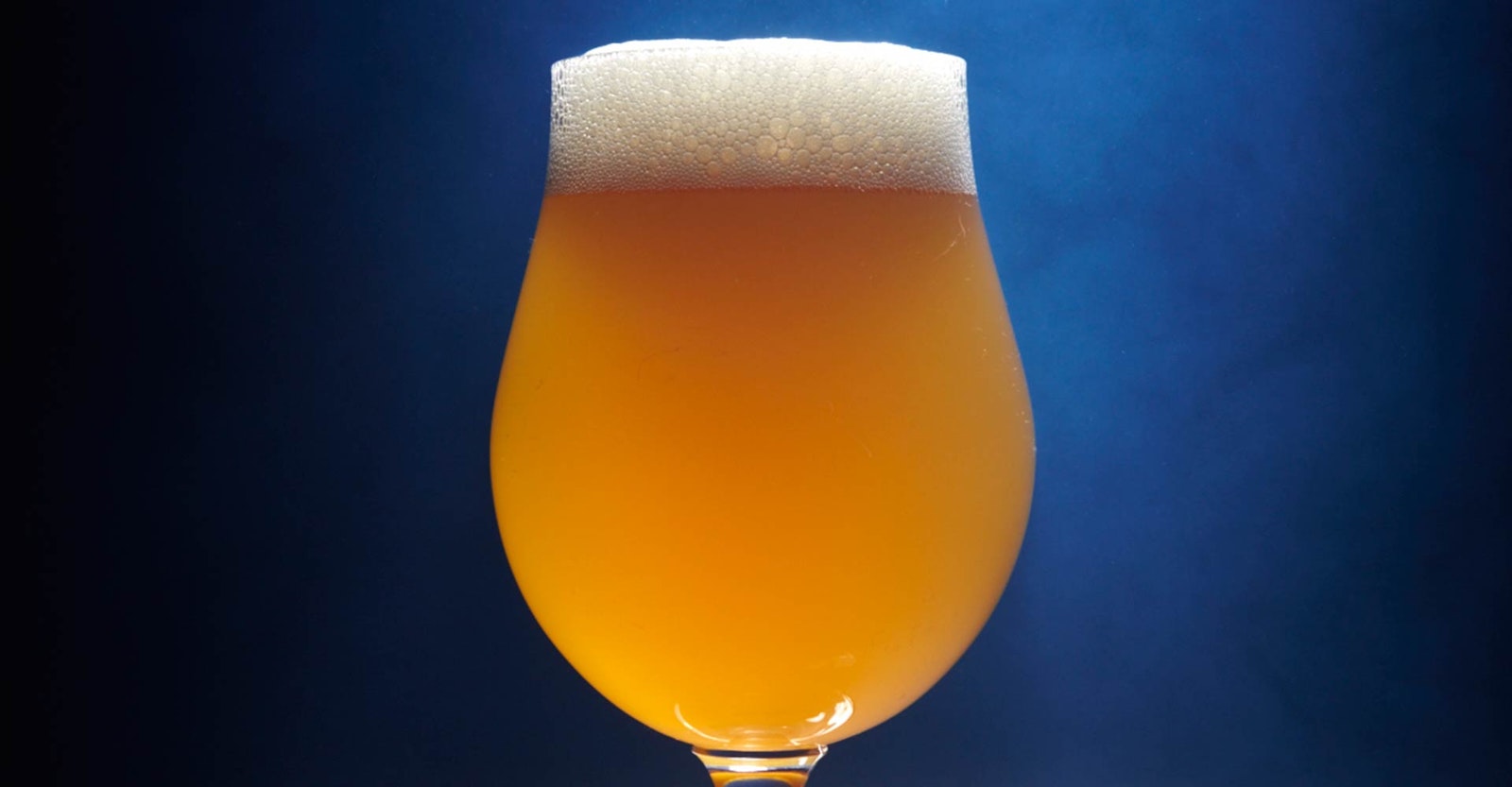In the short eighteen months that I have been a professional brewer, I’ve learned that there are some brewing traditions that are harder to change than others. It seems that as of late, appearance (specifically clarity) has remained at the top of the “do not change” list in the eyes of many experienced, talented brewers whom I respect and admire. However, I have found myself in a difficult position, thanks to my recent love affair with a relatively new style that completely disregards the importance of a beer’s clarity in favor of pushing beer to new limits: New England–style IPAs (New England IPAs, for short).
And appearance isn’t the only controversial aspect of New England IPAs. In fact, even the name of the style itself seems to be a hot-button topic in various craft-beer circles across the country, with some claiming that breweries in Oregon were brewing it long before those in Vermont and Massachusetts. I’m not here to argue the merits of the style or even discuss its history. I have already come to the conclusion that it is a style I enjoy drinking and brewing, and many consumers across the country have come to the same conclusion, as evidenced by how fast the style has grown in popularity in such a short amount of time. So let’s move on to understanding more about the style and how to brew it.
Style Guidelines
In my opinion, there are six characteristics that help distinguish New England IPAs from other IPAs:
- Higher protein malts, such as wheat and oats, in the grist
- Use of contemporary, fruit-forward hops varietals
- Restrained bitterness from fewer kettle-hops additions and higher whirlpool-hops rates
- Adjusted water chemistry to favor higher chloride levels than typical for IPAs
- Fermenting with a low-attenuating, low-flocculating, ester-forward yeast strain
- Unique dry-hopping techniques and schedules, including dry hopping during fermentation

